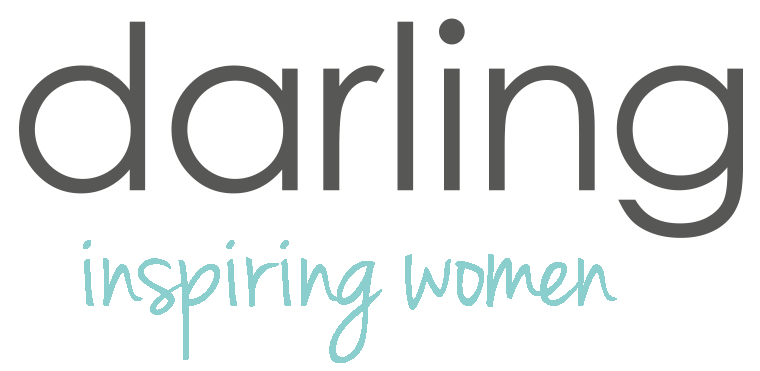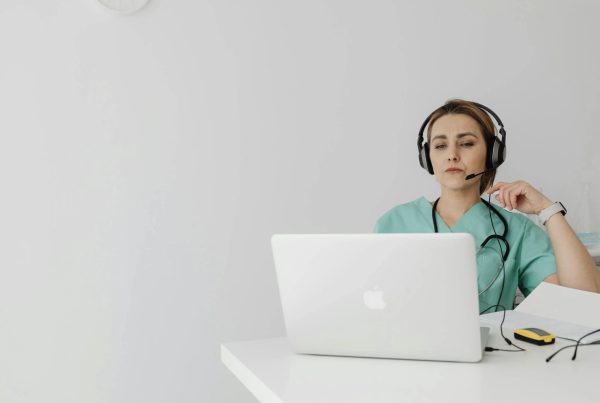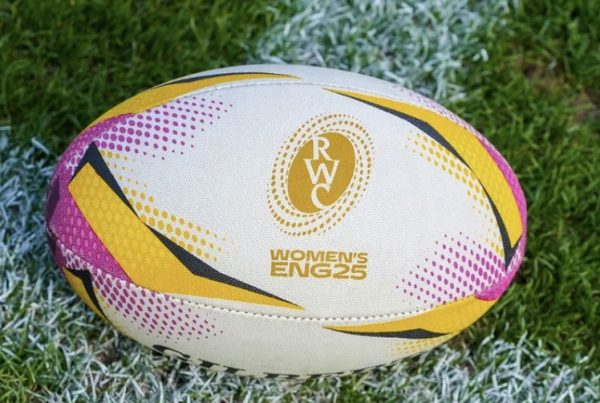Glute muscles or gluteus are regarded as the strongest and largest muscles of the body. They not only provide an aesthetic physique but are considered crucial in strength-building and locomotive functions of a body.
Glute muscles from the anatomical viewpoint
Before understanding the best glute exercises to build strength, let’s unravel what mystery they hold.
Glutes is the combination of three muscles in each buttock of the two legs, arranged in the order of increasing size from bottom to top; their names are:
- Gluteus Maximus
- Gluteus Medius
- Gluteus Minimus
The Gluteus minimus is about 15% the size of the maximus, and the Gluteus medius is 40% the size of the maximus, whereas the Gluteus maximus is the strongest and largest. In fact, the Gluteus maximus is the largest muscle in the human body. Together, they help in hip extension, locomotion, and providing support to the upper body as well as the pelvis. The gluteus acts upon the hip joint, and jointly, they work in abduction, extension, adduction, and external and internal rotation of the thigh. Because of their various origins, they help in varying motions, so their importance in muscle building is indispensable.
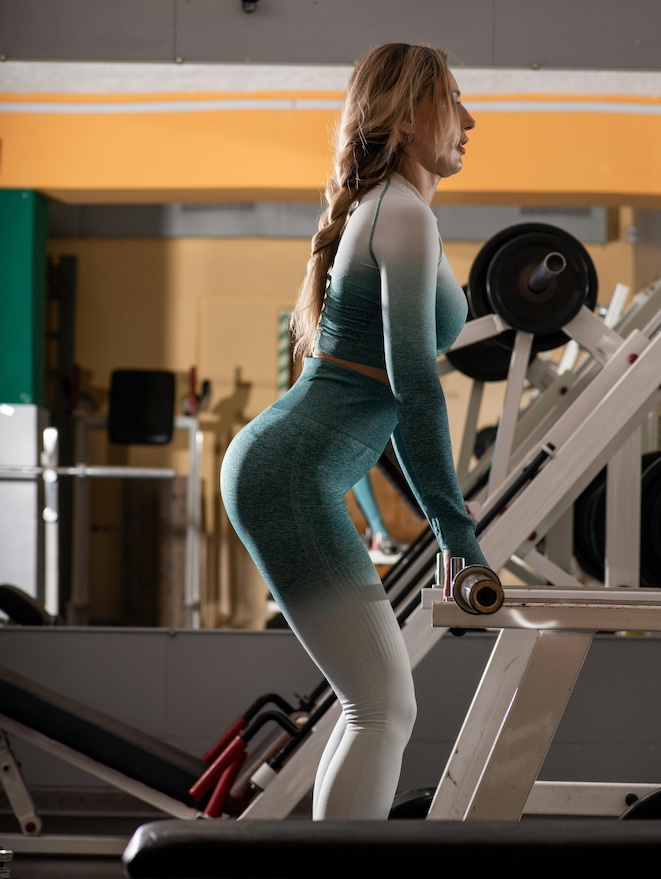
The seven best glute exercises
Here are the most efficient ways to maximize gain in activating glutes that will go a long way, providing a better-looking lower physique and avoiding muscle imbalance and quad dominance.
Back Squats
Squats, either front or back, are considered first and foremost in building glute muscle strength. It is the best exercise to target the gluteus maximus. Other lower body muscles targeted are quadriceps, hamstrings, and gastrocnemius. Squats is an exercise involving compound movement with equal involvement of joints and muscles. There is a slight variation between front and back squats in terms of muscle movement and weight lifting. Follow the steps for back squats;
- Establish a grip width and unrack the bar. Place and lift the bar on your upper back and take one or two steps back
- Now, make a comfortable upright position, realign legs and shoulders wide apart, and stand as naturally as possible, moving feet outward.
- Inhale and evenly distribute the weight
- Take a downward motion with knees lying parallel to the floor.
- Move upward by contracting the quads. Perform 3 to 4 sets of 6 to 8 reps.
Deadlift
The conventional form of a deadlift is the most adopted of all variations. It involves muscles of the hip, knee, and ankle, as well as muscles surrounding the shoulder, wrist, and elbow while holding the barbell. It primarily focuses on hip extension.
- Position the barbell above the toes
- Take a hip-width stance
- Reach downward to the barbell by moving the butt backward until the torso is parallel to the floor
- With a double handgrip, use shoulder-width to grab the bar
- Pull up slightly on the bar and inhale in
- keep the focus on pushing the floor away and driving through the foot
- Extend the knees and hip
- Once the hips are locked out, reverse the movement by bringing the hips back and hinging forward
- Put the bar back to the floor and reset
- Repeat as required if wanted
Step-Up
- Stand with the back straight with a bench or plyometric box placed in front
- Straight the right leg, step up the right foot by pressing on the heel
- Bring the left foot upward to the right foot
- Step back down with your left foot and bend on the right knee
- Bring back the right foot down to the left foot on the ground.
- Perform three sets of 10 to 12 reps.
A dumbbell or barbell can be used here once the strength is developed and improvement in form is achieved.
Hip thrust
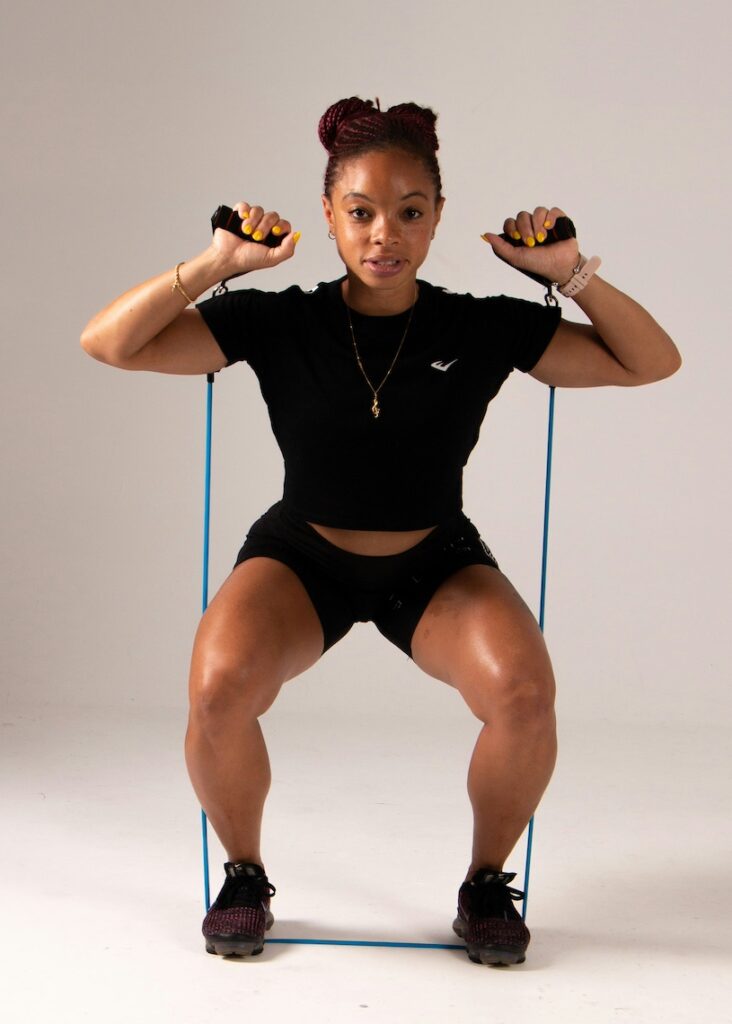
It is the best exercise done without loading the spine, and the glutes are strengthened with the shortest position. Hip thrust is different from glutes bridge in range of motion. The bench support is available in hip thrust while lifting the bar; this gives maximum support and a full range of motion without hurting the spine. What makes it even more effective is that weight directly impacts the glutes, leaving the lower back intact.
- Keep the barbell in front of you
- Sit with back support on the loaded bench
- Roll out the barbell until it reaches the hip
- Now begin the thrust by pushing the hip upward to align the kneecap with the shoulder in a straight line
- Perform 4 to 5 sets of 8 to 10 reps
Be cautious of hurting the hips and groin area, and apply a protective pad on the barbell
Sumo deadlift
To add some strength and size to the lower body, sumo deadlift is the exercise to go for. It is an exercise with a wider stance compared to the conventional deadlift. The tension is on the adductor and glute muscle, specifically the glute medius and minimus, when the hip is placed quite far in external rotation in the widest stance.
- Stand with your feet wide apart and point both feet toward the weight plates.
- Sink in a downward motion until your hands reach the barbell
- Hold the barbell with both hands
- Inhale air to the abdomen/stomach and prop to the pull
- Pull up the chest and move your knees pointing outward to the sides
- Make an upward movement until your hips lock out by pushing your legs on the floor
Modified curtsy lunge
Modified curtsy lunge is a lunge variation that reinforces the association of glute medius and glute minimus. The glute medius is of greater focus here. A full range of motion is applied, and the body is to be aligned with the movement pattern. Load distribution is greater on the front leg with rear foot elevation allowing hip flexion as compared to the standard lunge
- Take a dumbbell in each hand and place one foot with toes down on the elevation behind (elevation can be a block of 4-5 inches height)
- Keep the lead foot 10 to 20 degrees rotated internally
- Align the toes of the lead foot and knees of the back leg
- Lean forward on your torso and squat downward until both legs bend 90 degrees
- Make a front foot motion and stand back up. Balance is the keep to perform well
- Perform 1 to 2 sets of 10 to 15 reps
Single-leg glute bridge
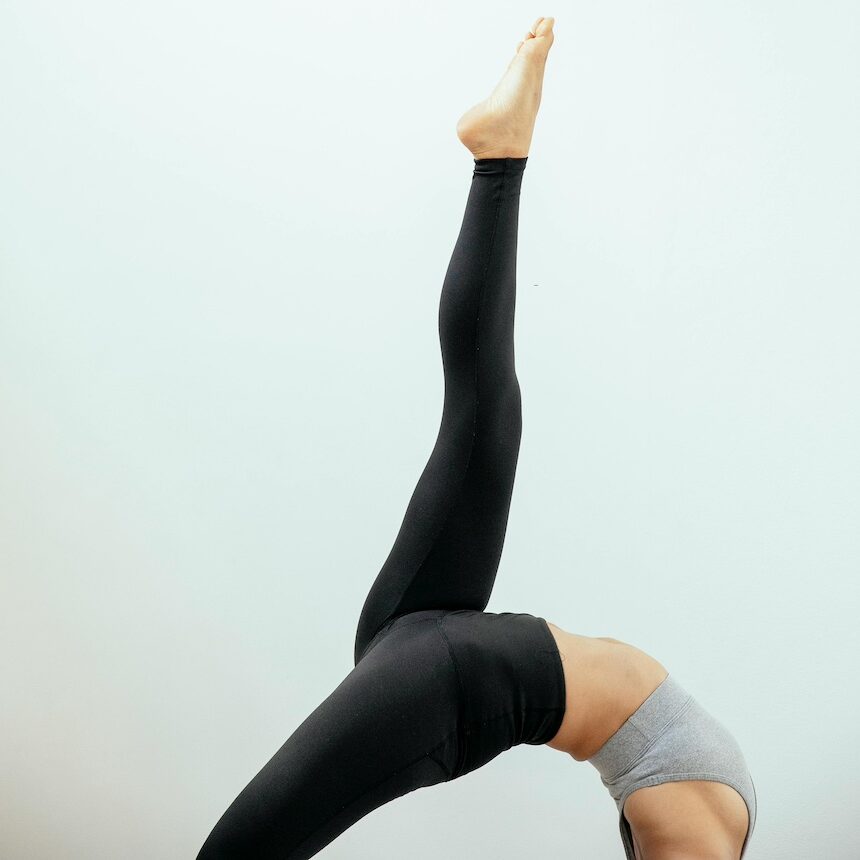
As the name implies, it is a unilateral single-leg exercise. As simple as it looks, the exercise is quite difficult and needs a lot of practice, though its benefits cannot be underestimated. If curtsy lunges or split squats cause trouble, try things from the basics and take on the glute bridge. It is unilateral, which means you can focus on each glute at one time and use it as an ultimate glute builder.
- Lie on the floor flat on your back
- Straight one leg and bend the other leg
- Raise your hips up in the air, press your bent leg foot into the floor
- Pause for a while, making a straight alignment from kneecap to shoulder
- Perform 1 to 2 sets of 5 to 10 reps in a slow motion
Make the exercise more workable by bending the free knee in the air.
Conclusion
Glute exercises are feasible for professional athletes or gymnasts and applicable to everyone, as weak glute muscles contribute to hip, knee, lower back, pelvic, or even ankle pain. In addition to alleviating pain, glute exercises help maintain posture and athletic performance. It’s also important to incorporate glute stretches into your workout routine to prevent muscle tightness and maintain flexibility. Glute stretches can also help lower your chances of injury.
